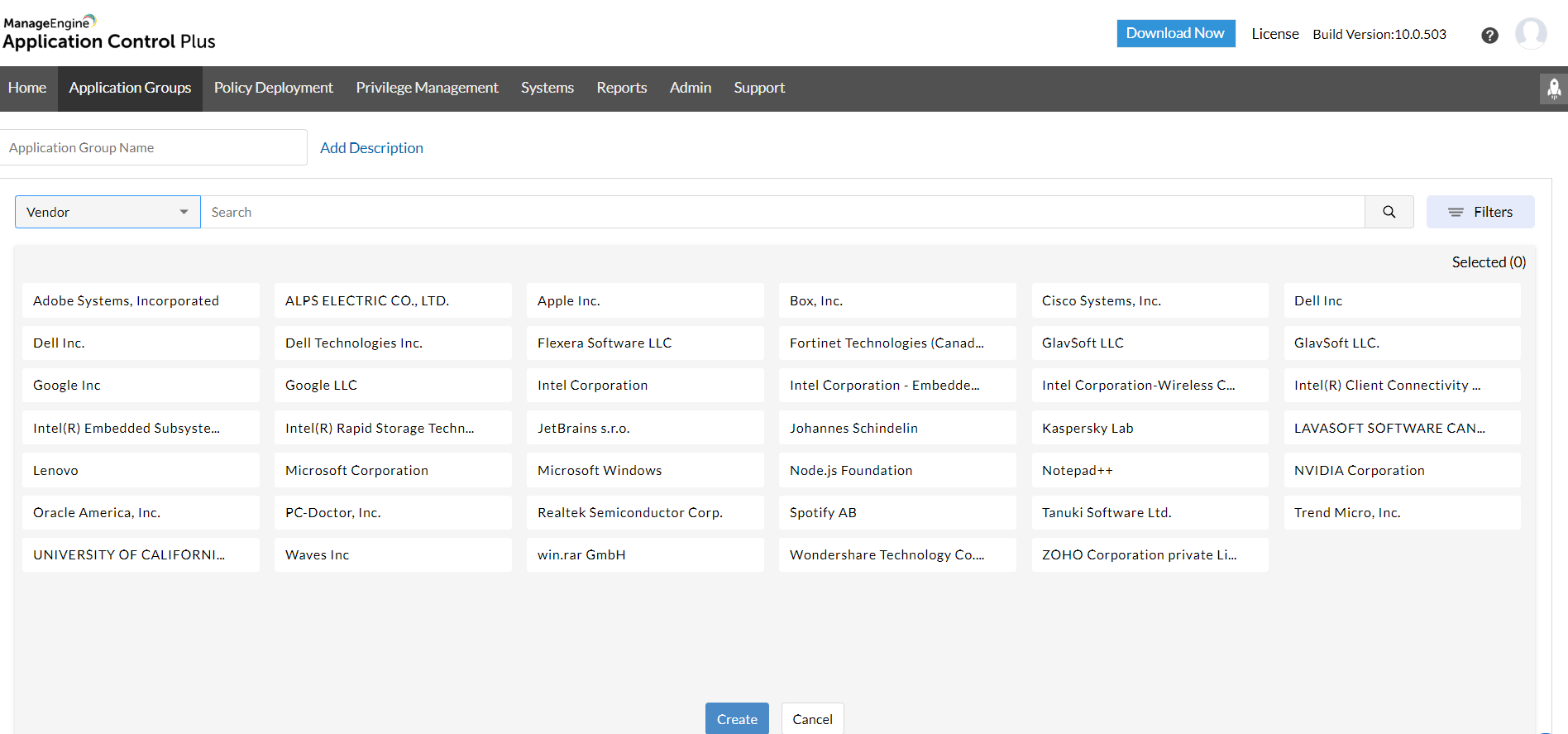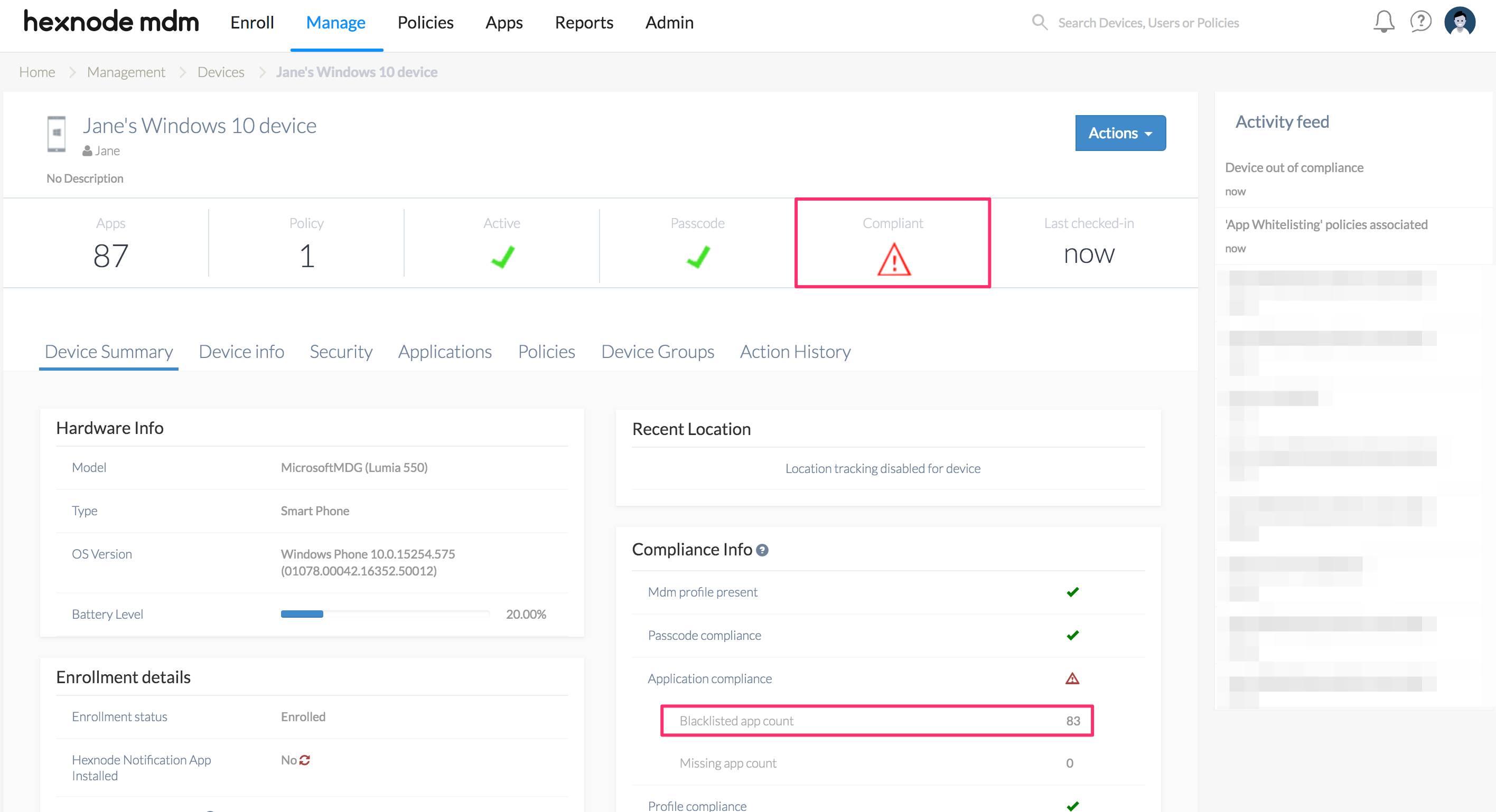Blacklist software, a crucial tool in cybersecurity, is designed to block malicious entities and enhance network security. As we delve into the realm of cybersecurity, let’s explore the ins and outs of blacklist software and its pivotal role in safeguarding digital environments.
Introduction to Blacklist Software
Blacklist software is a tool used to block access to specific websites, IP addresses, or domains on a network. It serves as a security measure to prevent users from accessing potentially harmful or inappropriate content.When using blacklist software, administrators can create a list of URLs or IP addresses that are deemed unsafe or unwanted.
This list is then used to restrict access to these sites, effectively blocking users from visiting them.
How Blacklist Software Works
Blacklist software operates by constantly scanning network traffic and comparing it to the list of blacklisted sites. When a user tries to access a prohibited site, the software detects the request and blocks the connection, displaying an error message instead.
This process helps maintain a secure and controlled browsing environment for users.
Types of Blacklist Software

Blacklist software comes in different types, each serving a specific purpose in protecting systems from malicious content. Let’s explore the various types and their features:
Local Blacklist Software
Local blacklist software is installed directly on individual devices or systems to block access to specific websites or content. It operates locally, without the need for internet connectivity to function. Features of local blacklist software include:
- Allows users to customize and add specific websites or s to block.
- Provides real-time blocking of websites based on the local blacklist database.
- Offers flexibility in managing and updating the blacklist according to individual preferences.
- Does not require network infrastructure to operate effectively.
Network-Based Blacklist Software
Network-based blacklist software is implemented at the network level, filtering content across an entire network of devices. It is commonly used in organizations to enforce policies and protect the network from harmful websites. Features of network-based blacklist software include:
- Centralized management of blacklisted websites and content for all devices connected to the network.
- Provides consistent blocking of websites across the network, ensuring uniform security measures.
- Allows administrators to set access controls and restrictions based on predefined categories.
- Offers real-time monitoring and reporting of internet usage and blocked content.
Importance of Blacklist Software

Blacklist software plays a crucial role in enhancing cybersecurity measures by helping to prevent various cyber threats and attacks. It serves as a vital tool in safeguarding networks and sensitive information from malicious entities.
Preventing Cyber Threats
One of the key benefits of using blacklist software is its ability to block known malicious websites, IP addresses, and applications. By maintaining an updated list of threats, this software can effectively prevent cyber threats such as malware infections, phishing attacks, and ransomware.
Enhancing Network Security
Blacklist software enhances network security by providing an additional layer of defense against potential cyber threats. It helps in detecting and blocking unauthorized access attempts, ensuring that only legitimate users and devices can access the network resources.
Setting Up Blacklist Software

Setting up blacklist software is crucial in ensuring the security and integrity of your system. Follow these steps to properly configure and maintain your blacklist software:
Step-by-Step Guide
1. Choose the right blacklist software for your needs. Research and compare different options to find the best fit for your requirements.
2. Install the chosen blacklist software on your system following the provided instructions. Make sure to download the latest version to ensure optimal performance.
3. Configure the settings of the blacklist software according to your preferences and security policies. This may include setting up password protection, defining access levels, and specifying the types of content to block.
4. Create and customize blacklist rules based on your specific needs. This can involve blocking certain websites, IP addresses, or s that are deemed harmful or inappropriate.
Configuring Blacklist Rules and Policies
Before configuring blacklist rules and policies, it is essential to understand your organization’s security requirements and potential threats. Here are some best practices to consider:
- Regularly review and update your blacklist rules to adapt to evolving security threats.
- Implement a layered approach by combining blacklist rules with other security measures such as firewalls and antivirus software.
- Test your blacklist rules to ensure they are effectively blocking unwanted content without disrupting legitimate activities.
- Consider automating the update process to ensure timely enforcement of new rules and policies.
Maintaining and Updating Blacklist Software
Maintaining and updating blacklist software is crucial to stay ahead of emerging threats and vulnerabilities. Here are some tips to ensure the effectiveness of your blacklist software:
- Regularly monitor and analyze blacklist logs to identify any suspicious activities or patterns.
- Stay informed about the latest security trends and vulnerabilities to adjust your blacklist rules accordingly.
- Schedule regular updates and patches for your blacklist software to address any known security vulnerabilities.
- Educate your team on the importance of adhering to blacklist policies and reporting any potential security incidents promptly.
Blacklist Software vs. Whitelist Software
When it comes to managing access to certain websites or applications, both blacklist software and whitelist software play crucial roles. Let’s compare and contrast these two types of software to understand their advantages, disadvantages, and suitable scenarios.
Blacklist Software
Blacklist software works by blocking access to specific websites, applications, or content that are deemed harmful, inappropriate, or unnecessary. Here are some key points to consider:
- Advantages:
- Provides a proactive approach to security by blocking known threats.
- Offers flexibility to continuously update and add new entries to the blacklist.
- Effective in blocking malicious content or websites.
- Disadvantages:
- May require constant monitoring and updates to stay effective.
- Potential for false positives, where legitimate content gets blocked.
- Not suitable for restricting access to a broad range of content.
Whitelist Software
On the other hand, whitelist software operates by allowing access only to pre-approved websites or applications while blocking everything else. Here are some considerations for whitelist software:
- Advantages:
- Ensures a high level of security by limiting access to approved sources only.
- Reduces the risk of users accessing malicious content or websites.
- Less maintenance required compared to blacklist software.
- Disadvantages:
- Can be restrictive, limiting access to potentially useful content.
- May lead to delays in accessing new and relevant websites or applications.
- Difficult to maintain an updated whitelist for constantly changing content.
In scenarios where blacklist software is more suitable than whitelist software, consider environments where a more flexible approach is needed to block specific threats while allowing access to a wide range of content. Blacklist software can be effective in such cases, providing the ability to update and adapt to new threats on the fly.
Common Challenges with Blacklist Software
When using blacklist software, users may encounter various common issues that can affect the performance and effectiveness of the software. It is important to be aware of these challenges in order to troubleshoot problems and optimize the performance of the blacklist software.
1. False Positives and False Negatives, Blacklist software
One of the most common challenges with blacklist software is the occurrence of false positives and false negatives. False positives occur when legitimate websites or applications are incorrectly identified as malicious and blocked. On the other hand, false negatives occur when malicious content is not detected and allowed to pass through the blacklist filter.
2. Performance Impact
Another challenge users may face is the impact on system performance when using blacklist software. Running constant scans and checks on a large number of websites or applications can slow down the system and affect overall performance.
3. Compatibility Issues
Compatibility issues with other security software or applications can also pose a challenge when using blacklist software. Conflicts between different security tools can lead to errors or vulnerabilities in the system.
4. Maintenance and Updates
Maintaining and updating the blacklist software regularly is crucial to ensure it remains effective against emerging threats. However, keeping up with the constant updates and maintenance tasks can be time-consuming and challenging for users.
5. User Awareness and Training
One of the key challenges with blacklist software is ensuring that users are aware of how to use the software effectively and understand the risks associated with malicious content. Providing training and awareness programs can help mitigate this challenge.
6. Network Overhead
Blacklist software can sometimes lead to network overhead, especially in large organizations with heavy network traffic. Monitoring and managing the network traffic to minimize overhead can be a challenging task for IT administrators.
Last Recap
In conclusion, blacklist software stands as a stalwart guardian against cyber threats, offering a robust defense mechanism for networks and systems. By understanding its importance and functionality, individuals and organizations can fortify their defenses and navigate the digital landscape with confidence.
Answers to Common Questions
What is the main purpose of blacklist software?
Blacklist software is primarily used to block known malicious entities, such as IP addresses or websites, from accessing a network or system.
How does blacklist software enhance network security?
By blocking potentially harmful entities, blacklist software helps in preventing cyber threats, reducing the risk of attacks, and maintaining a secure digital environment.
What are the key differences between blacklist software and whitelist software?
Blacklist software blocks specific entities, while whitelist software allows only approved entities to access a network. Blacklist software focuses on prohibiting known threats, whereas whitelist software focuses on permitting trusted entities.
